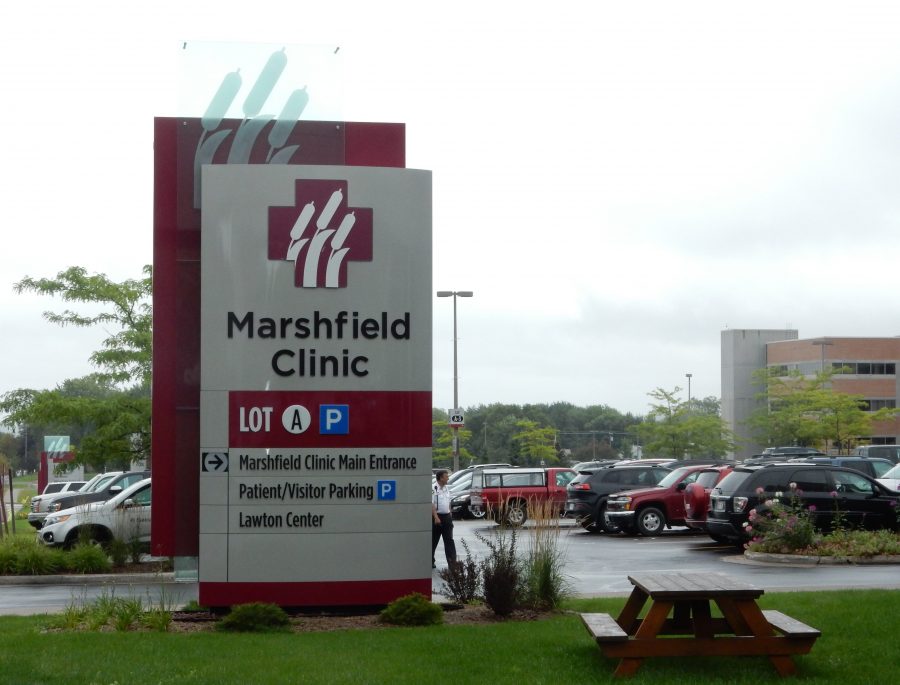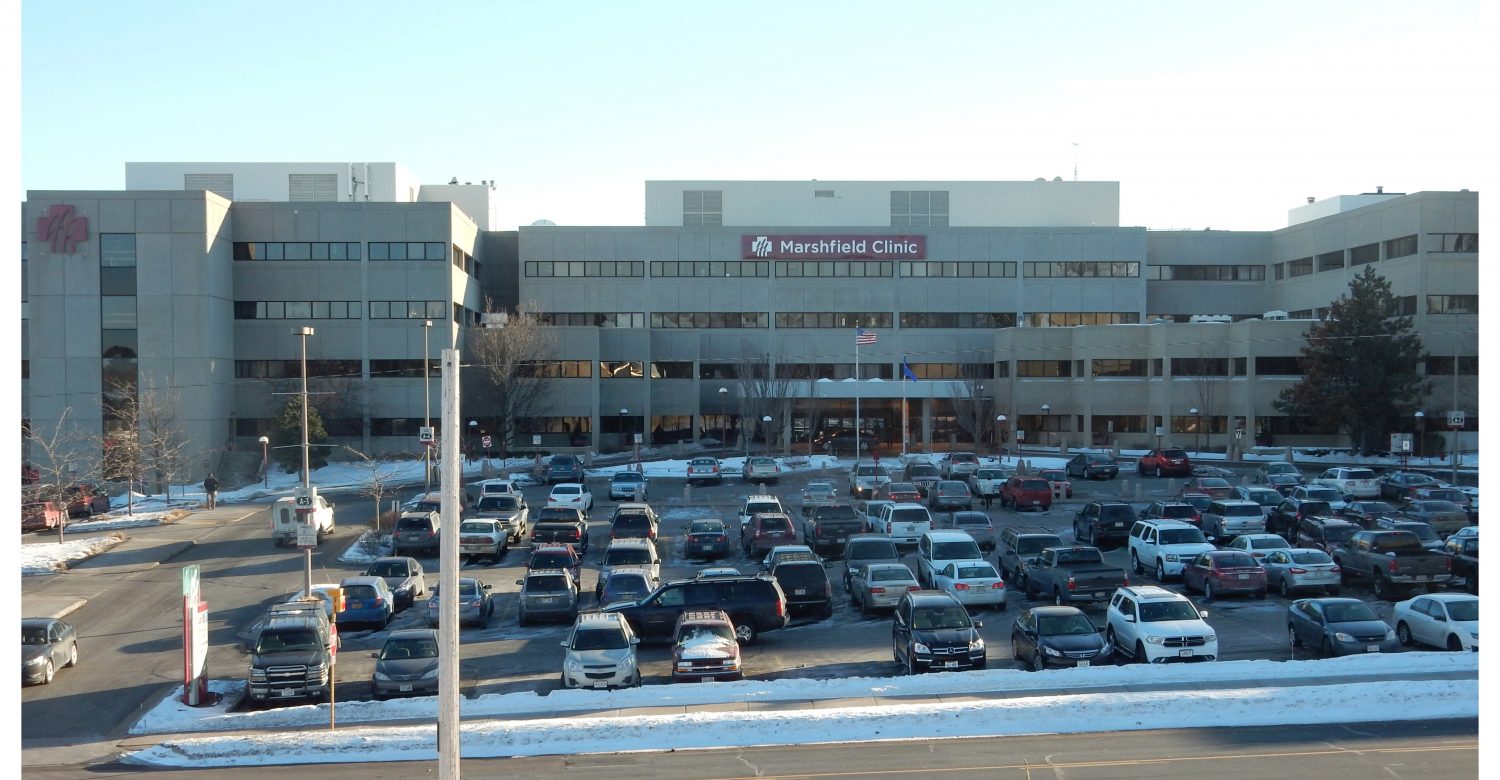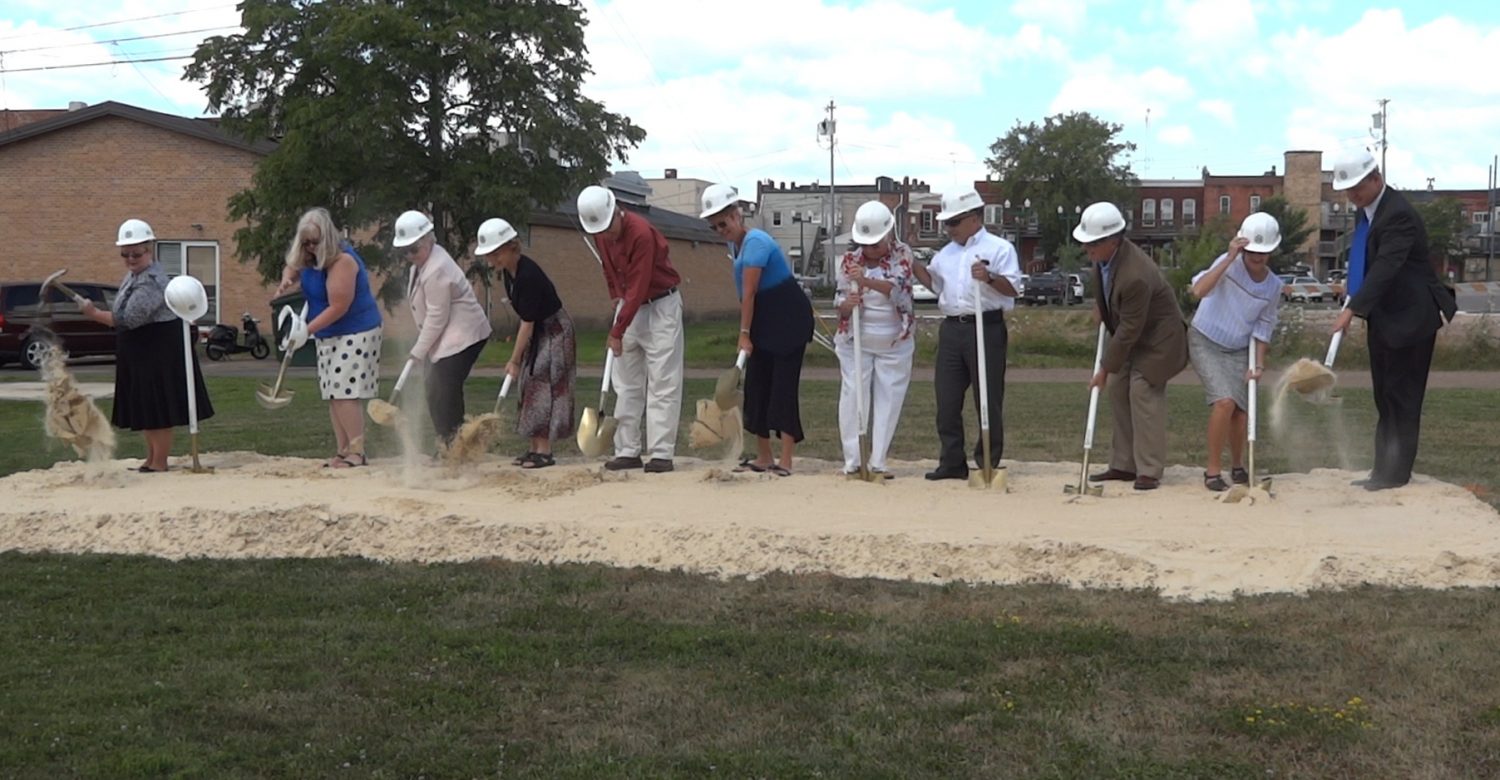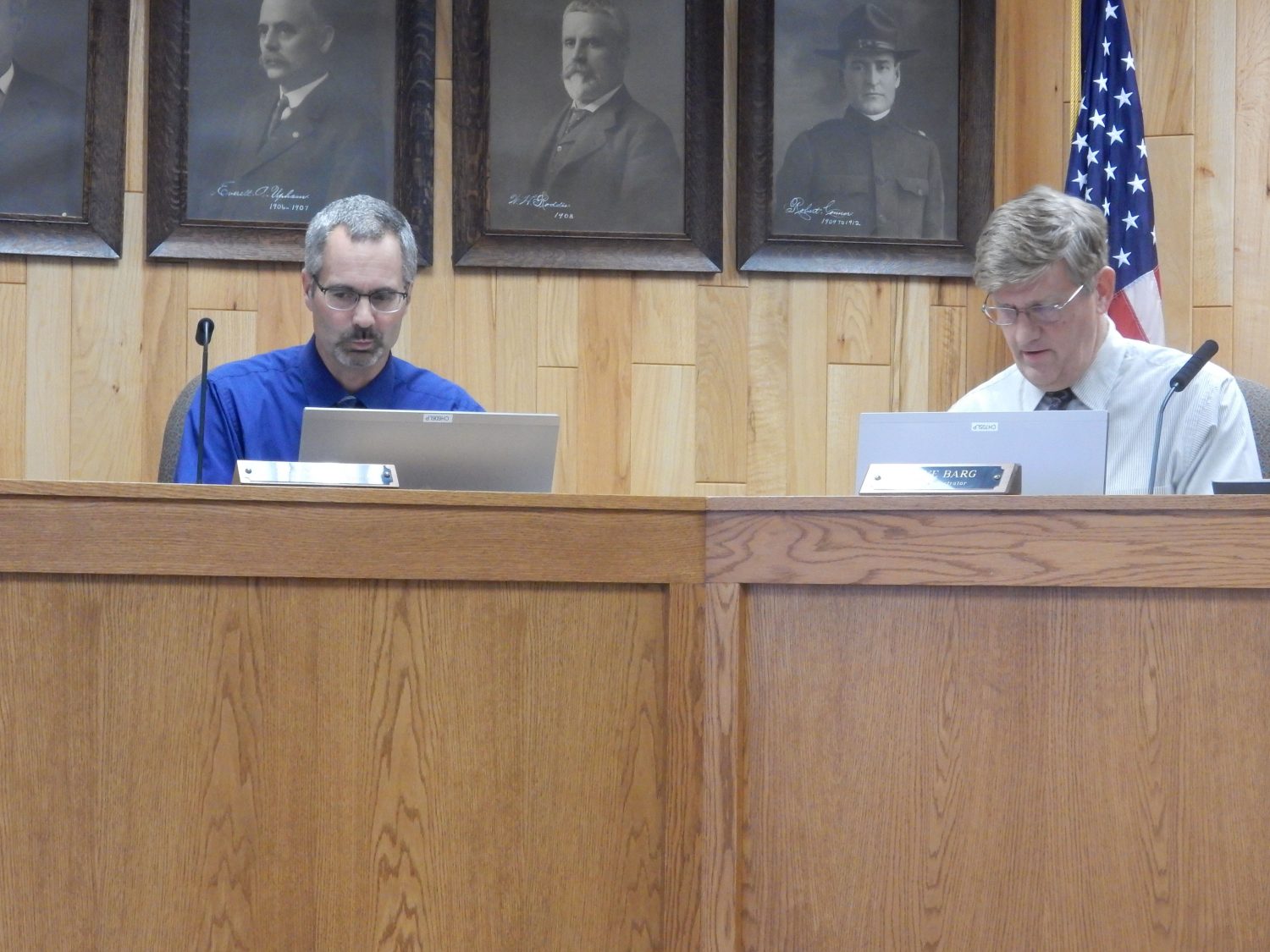Health system sees resurgence of telehealth
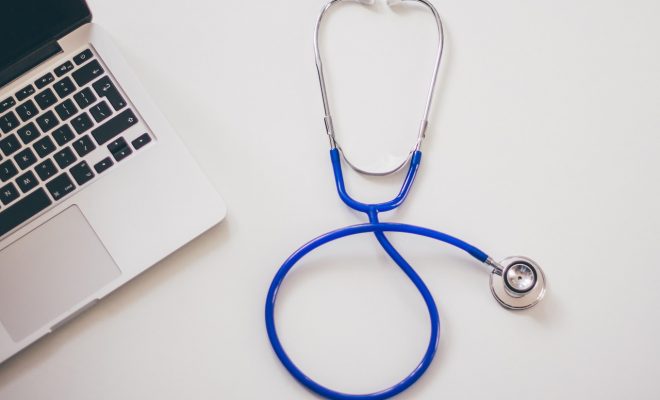
By Dannielle Konz
MARSHFIELD –With concerns of COVID-19 comes the uncertainty of how to handle usual tasks like doctors’ appointments and health visits. To help alleviate fear and in-person patient volume, the Marshfield Clinic Health System has greatly expanded their telehealth offerings so that all patients can get the care that they need, from the comfort of home when possible.

Meyer
Marshfield Clinic has offered telehealth at varying levels for the last 20 years, primarily making it available between clinics where patients can go to a smaller facility and have a video appointment with a specialist from Marshfield, so they do not need to travel for much of their care.
Previously, telehealth was reserved primarily for those too far from a clinic to be convenient. The pandemic has created an opportunity to offer telehealth on a much wider scale, without distance being a criterion for use.
Chris Meyer, Director of Virtual Care and Telehealth for the Marshfield Clinic Health System, said about the changes, “We obviously had to figure out a way to stay in contact with our patients really quickly. And so, we launched virtual visits with a program called Telehealth at Home using a product called Webex. Webex is a very popular videoconferencing platform…we chose to use it because…we could launch it quickly. We launched that platform in about a week. At its peak, we were able to replace about 30 percent of our office visits with telehealth visits.”
The health system is hoping to continue their use of Telehealth even once COVID-19 passes and preserve the flexibility that it provides.
“(Telehealth is) a utility that everyone needs for health,” said Meyer.
While telehealth is not a replacement for in-person appointments and is not right for every situation, it can be a supplement for frequent appointments with chronic care as well as follow-ups and check-ins. Health concerns that don’t require visits in person can be easily handled online, saving patients time and money as well as providing convenience.
The biggest concern with expanding telehealth options is that broadband internet connection is not available everywhere that the Marshfield Health System services; however, Meyer explained that the Marshfield Health System helps communities work toward having access to reliable internet so patients can have better access to healthcare:
“The Public Service Commission has a grant process that communities can participate in to raise some funding to help build out that (broadband) infrastructure…
“When we start talking about all the things that telehealth can do, local communities hear things like ‘We keep people in their homes longer. We make our towns more attractive to businesses because we have better access to healthcare.’
“And of course, broadband brings a whole host of other benefits to communities.
“Marshfield Clinic also has provided funding for each of the communities we work with. We have generally provided $15,000 in matching funds to their (broadband) grant application.”
By providing that additional money, the Marshfield Health System is actively trying to reach as many patients as they can to uphold the same level of care as one would get from an in-person appointment, but now from the convenience of home.
Setting up a telehealth appointment is embedded directly in the normal process for arranging an appointment. Simply request that your appointment be done via telehealth, and that option will be provided for you. It should be no different from setting up a usual appointment and as Meyer explained, “The quality of care (for telehealth appointments) should be no different from in-person ones.”
Telehealth is not a new option for healthcare, just a recently resurged one, as the pandemic has necessitated its rise to the forefront of options for patients.
While telehealth is not the solution for every medical problem or appointment, Meyer believes that it needs to be a cornerstone of health and another service that can be provided to make the lives of patients easier.


